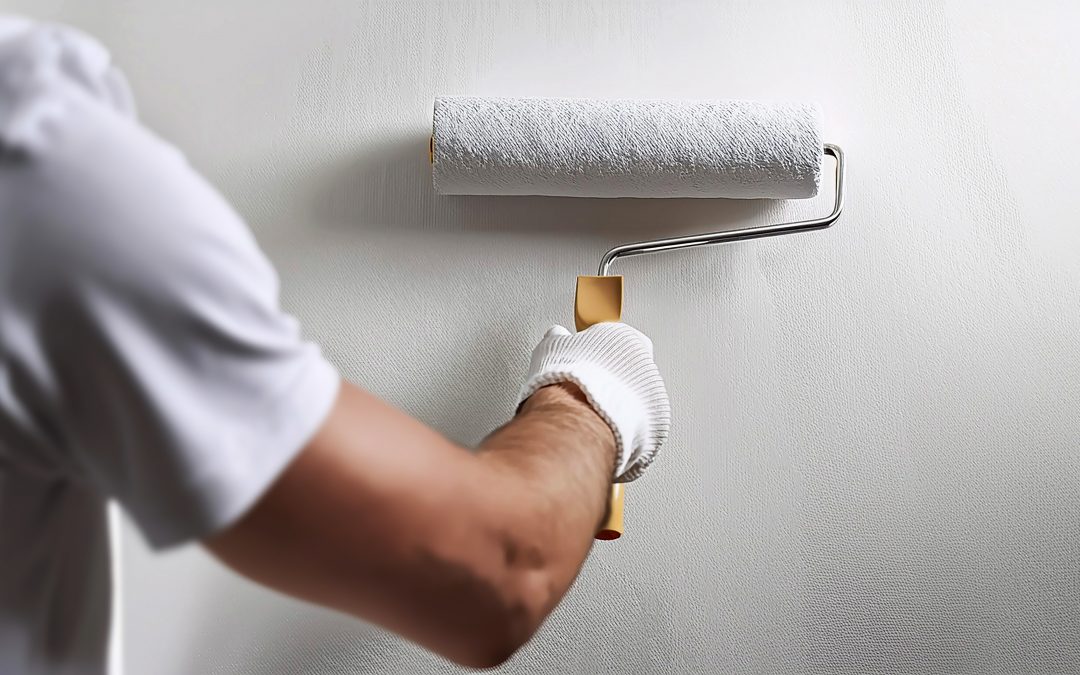It’s a common project for homeowners looking to brighten up their space, but the process isn’t always as easy as it seems. In this guide, we’ll share why it usually takes four coats, give you tips to simplify the job, and explain how our expert team can help if you need it.
Thinking about giving your space a fresh, clean look with white paint? You’re not alone — it’s one of the most popular colour choices for a reason. But if you’re covering a darker or non-white colour, you might be wondering:
“How many coats is this going to take?”
Short answer: Usually four.
Let’s walk you through why — and how to make it easier.
We’ve Been There — It Looks Simple, But It’s Not.
You grab a roller, crack open a can of white paint, and start rolling over that old beige, grey, or maybe even deep blue wall. After the first coat dries, you step back and think:
“Yikes. That first coat didn’t cover much at all.”
Don’t worry. That’s totally normal.
White paint is a bit tricky — especially when you’re painting over anything other than a very light colour. It’s not that the paint is bad or that you’re doing it wrong. It’s just that white doesn’t cover other colours as well as darker shades do. It’s thinner, more see-through, and takes time to build up full, even coverage.
Why Does It Take 4 Coats?
We get this question a lot. Here’s how it usually goes:
- First coat: Starts to dull the colour underneath, but you’ll still see streaks or splotches.
- Second coat: Fills in a bit more — but not enough.
- Third coat: Now it’s almost there, but you may still spot patches when the light hits.
- Fourth coat: Finally! You’ve got that smooth, clean white look you were going for.
This can feel frustrating especially if you weren’t expecting it but knowing what to plan for makes the job way less stressful.
Can Primer Help?
Yes — it definitely makes a difference.
Using a good-quality primer is especially helpful when covering strong or dark colours like red, navy, or green. It gives you a more neutral starting point, which means your white paint can go on more evenly. That said, even with primer, you’ll likely still need 2–3 coats of white to get full, smooth coverage.
5 Helpful Tips to Simplify the Process
- Use high-quality paint. It might cost a bit more, but it covers better and dries smoother.
- Start with a primer if the colour underneath is dark, bright, or uneven.
- Use a good roller and brush — cheap tools leave streaks.
- Let each coat dry fully before adding another. Rushing leads to uneven patches.
- Paint in natural light so you can see what you’re doing and catch missed spots.
Get Professional Help
We understand that life gets hectic, and not everyone has the time or energy for multiple coats, touch-ups, and waiting for paint to dry. If you’re feeling stressed about the process, hiring a professional can save you time and ensure the job is done efficiently and flawlessly.
High-Quality Painting Since 2010
As an Indigenous-owned company, we’ve been proudly offering professional interior and exterior painting services in the Lower Mainland since 2010. Our team of highly trained painters has decades of experience, ensuring you get only the best quality work. We offer a no-hassle guarantee on all our projects and strive to deliver superior results every time.
Client Review:
“We hired Stephan and Jimmy to repaint our entire condo. Right from the initial meeting in person to give us an estimate, they were very knowledgeable and explained the steps they would do to complete our job. The work was done professionally and right in the time frame with start and finish dates. We have had other painting companies work for us in the past and they were very disorganized. I will highly recommend this company to anyone who wants professional work done without any hassle, and for a reasonable price. Very good value for your money!”
– Thomas M.
Need help with your painting project? Contact us today for a free estimate and current prices. We don’t just handle painting; we also collaborate with professional building trades for a comprehensive solution to all your construction needs — big or small.

